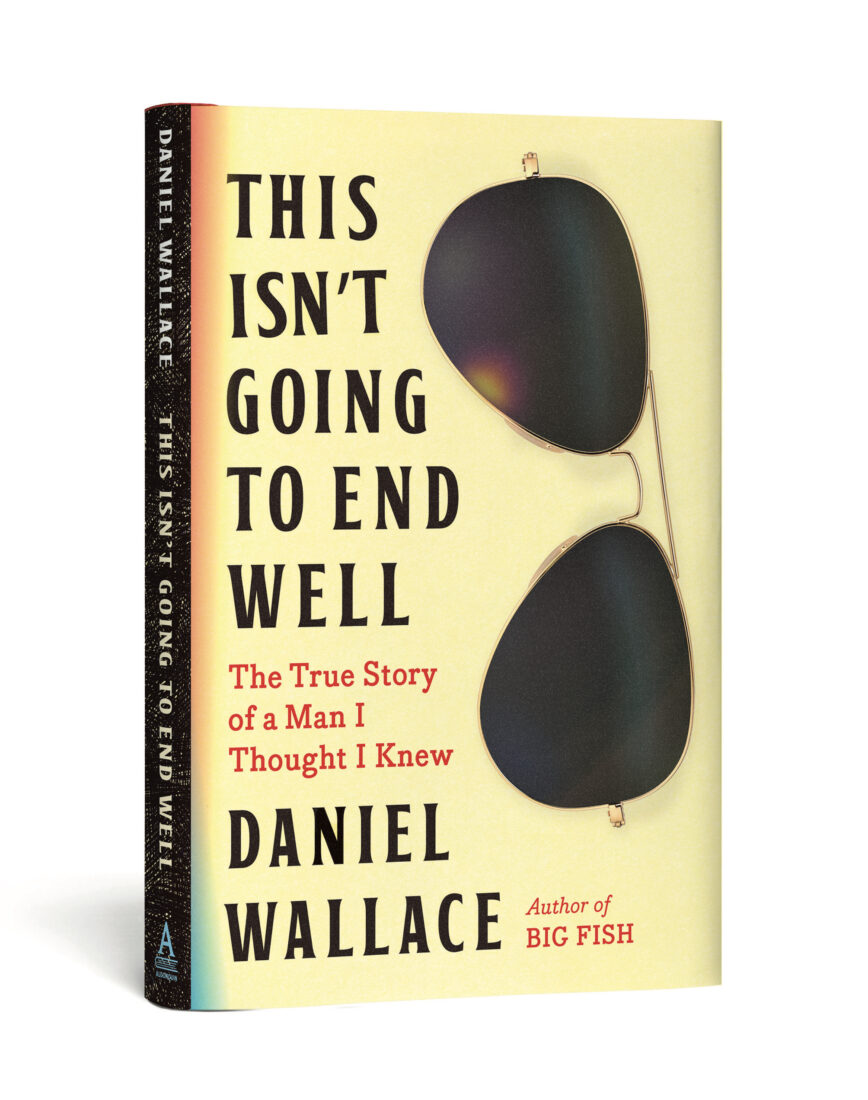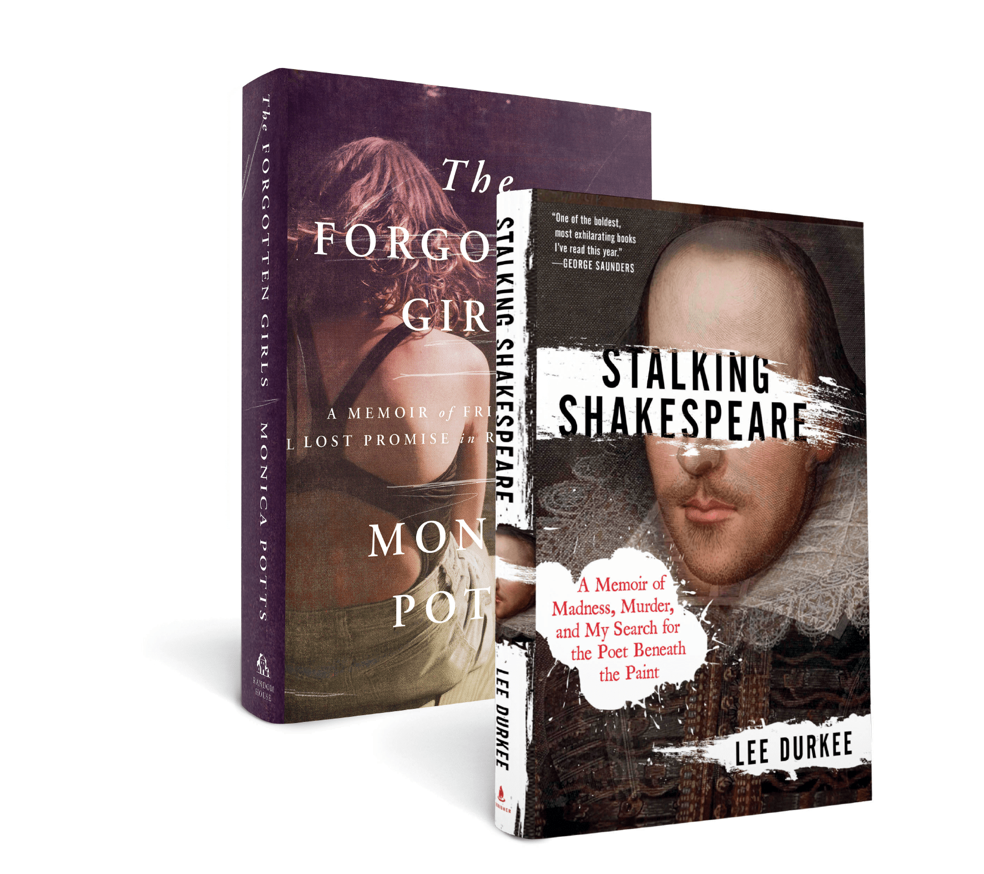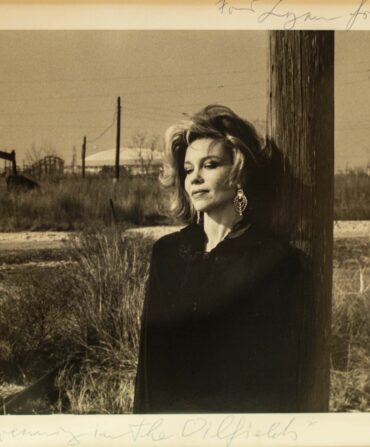William Nealy (1953–2001) wasn’t everyone’s idea of a role model. He was a river hippie, high school dropout, long-haired rock-and-roll drummer, subculture cartoonist, and impenitent devotee of alcohol, tobacco, firearms, and narcotics. He lived on the edge of everything.

To Daniel Wallace, however, he was flat-out magical. One of Wallace’s earliest glimpses, appropriately, was of Nealy in flight: leaping twenty-five feet into a swimming pool from the roof of Wallace’s Birmingham, Alabama, home. Watching the teenage Nealy surface in the sloshing pool and recline his head to let the water pull back his corn-yellow hair, Wallace—twelve at the time—found himself instantly spellbound. “It was just the wildness, the derring-do, his willingness to take flight—literally—into the unknown, an openness to experience and chance that so far in my short life had not been previously modeled to me by anyone,” Wallace writes in This Isn’t Going to End Well, a memoir-slash-exegesis-slash-tender, angry elegy. He would come to think of Nealy—his older sister’s boyfriend, when they met; later her husband—as “the child of James Dean, Albert Camus, Ernest Hemingway, Keith Richards, Satan, G.I. Joe, and…Clint Eastwood”: a heady DNA combo that the young Wallace—and the adult Wallace too—longed to clone, or at least mimic.
Wallace is the celebrated author of a half dozen winsome, often fantastical novels, most famously Big Fish. (He has also contributed to Garden & Gun.) But he ascribes even that writing career to the influence of Nealy, who published a collection of his white-water-paddling-themed cartoons—think R. Crumb in neoprene—in 1981, the first of ten books. “How did I become a writer?” Wallace asks. “Simple: He wrote books, and so I did too. I had been following him around, in one way or another, since I was twelve, and I had followed him all the way here.
“But who was I really following: William, or his shadow?” Wallace continues. That shadow supplies the book’s subtitle—The True Story of a Man I Thought I Knew—as well as the grief and rage that vein it. Thirty years after Wallace met him, Nealy committed suicide at the age of forty-eight, an end no one saw coming, least of all Wallace. For years Wallace seethed at what felt like a betrayal, an abandonment; a decade later, one angry moonless night, he dumped Nealy’s ashes in the side yard as though emptying a woodstove.
But eventually Wallace came around—reluctantly, uneasily—to reading the twenty-two journals Nealy left behind, in which he discovered a William Nealy that, at first, bore almost no resemblance to the one he’d known, or thought he’d known. This Nealy—haunted by childhood traumas he’d never disclosed, and beset with depression and anxieties he was never able to bridle—“lived in his own secret room, the narrow confines of an interior life with space for only one.” The grinning, sunlit man who was “always just a step or two away from some bone-breaking, head-cracking, eye-losing moment, close to death sometimes and more alive because of it,” as Wallace writes, had lived far closer to death than anyone knew. “His journals,” he writes, “must be the longest suicide note in the history of the world.”
What Wallace achieves in This Isn’t Going to End Well is a hard-wrung reconciliation: between him and Nealy, yes, but also with the public and private selves we all cultivate, selves sometimes woven together and other times, as with Nealy, partitioned. Was Nealy one of the two selves, Wallace asks, “or both?” And upon which one, Wallace wonders, had he modeled his own persona? The answer, of course, is both, even if Wallace didn’t always register it. Every one of his novels—think especially of Big Fish—is “about people pretending to be someone they aren’t,” he realizes, through a new and wider lens. “No one in my books was who they said they were.” Wallace’s father, a wealthy businessman who considered Nealy a “loser,” prided himself on being a “self-made man.” But so too was Nealy. And so too is Wallace. “Without William I wouldn’t be who I am,” he writes, “but I am not him, which is a blessing.” This Isn’t Going to End Well is a heart-cracking exploration of the ways we construct ourselves, and how, despite any facade, no matter how bold, it can all come tumbling apart.









